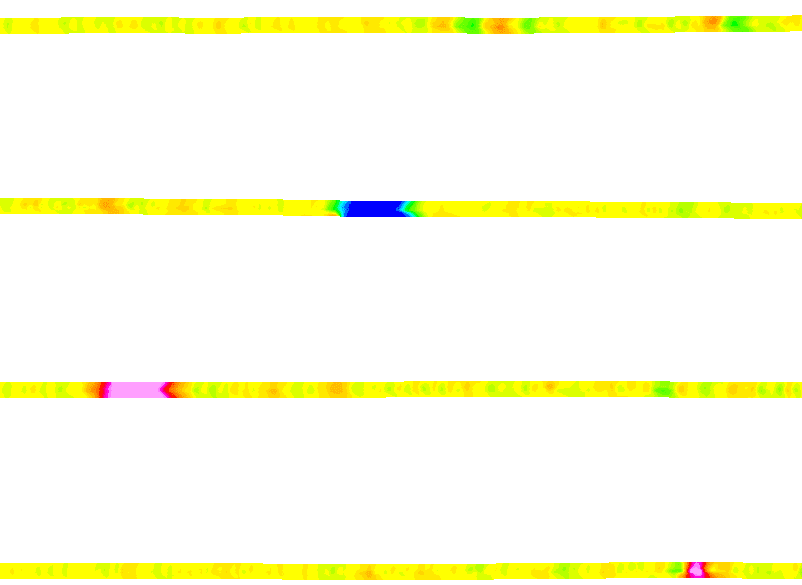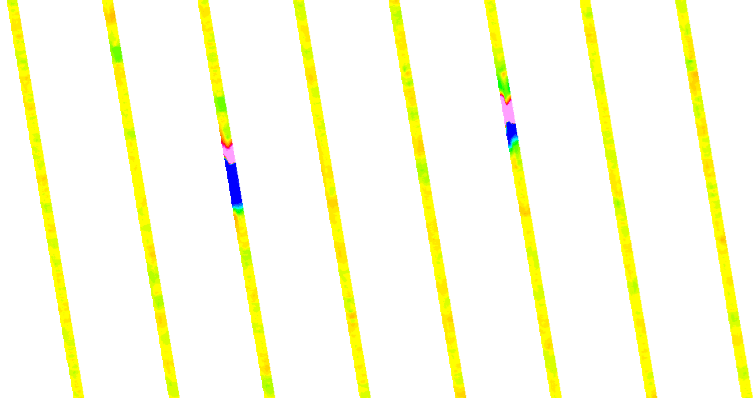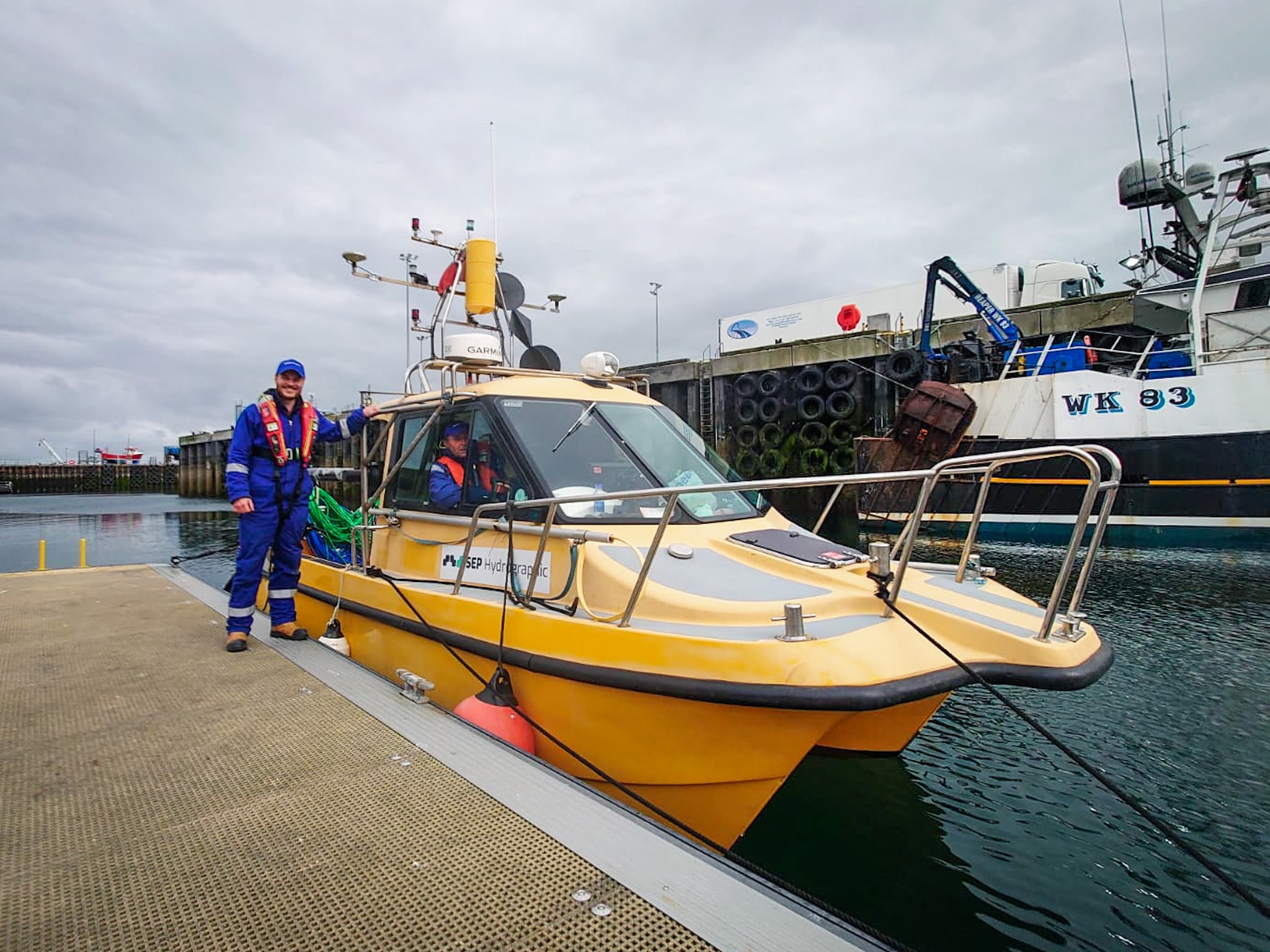Offshore UXO can be an unpleasant surprise and a major headache for UK wind farm construction. SEP Hydrographic have been using Oasis montaj and UXO Marine to bring certainty and safety to projects that absolutely need to know what’s in the waters around their feet.
Few threats to infrastructure projects can reach out from history in such a chilling way as unexploded ordnance (UXO).
UXO can present significant problems for site developers, asset owners and contractors (not to mention considerable disquiet for the communities where they are found).
In particular, the waters around the UK continue to be littered with unexploded mines and bombs deployed during World War ll or dumped when the war was over. In 2020, written evidence to a Parliamentary report estimated 500,000 items (100,000 tonnes) of UXO in the seas around the country, with their location often far from certain.
However, much of it is known to lie in areas designated for planned windfarm projects and their cable routes, and it’s crucial this material is first detected, confirmed, then made safe or avoided.
Scouring the depths with Oasis montaj
SEP Hydrographic are regularly recruited to seek out UXO off the British coast. They invariably turn to Oasis montaj and its UXO Marine extension to analyse and identify the most threatening anomalies found on the seabed.
SEP Hydrographic was established in 2020 by Survey & Engineering Projects in response to a growing demand for combined land and marine solution. With a track record in land survey spanning over 35 years, Survey & Engineering Projects has worked on some of the UK’s most recognisable landmarks.
Today, SEP Hydrographic delivers a range of hydrographic and geophysical survey services to clients from sectors including offshore renewables, oil and gas, subsea cables, ports, harbours and inland waterways, building and civil engineer contractors, utility organisations, and more. (They’ve also helped to calm worries around some of the UK’s most recognisable landmarks.)
“For the majority of our surveys, we focus on the nearshore inter-tidal areas, and that presents real challenges when we are towing equipment such as magnetometers,” explains SEP’s lead geophysicist, Adam Gould. “The varying sea conditions or the shallow depths can make it much more challenging to gather UXO data.
“If we were trying to process it back in the office without the help of Oasis montaj and UXO Marine, we would struggle to produce the deliverables that a lot of clients are looking for these days.”
And making sense of the shallows
One of the specific problems they face is scanning very shallow depths, where the usual two to four-metre flying height of their magnetometer rig simply isn’t possible. They need to go much closer, meaning targets show up larger than they normally would, all of which has to be processed in a way clients can understand.
Key to all the explorations they carry out is the flexibility and versatility that Oasis montaj supplies, argues SEP Geophysical Director Tom Smith; the fact that you’re not forced to take one, unbending route to your answer.
“You have a choice; multiple options for the processing flow and all those options are supported, whatever your choice is. With Oasis montaj, you always find a way.
Staying flexible without jumping from software to software
“It comes back to being able to manipulate not just your data but the view that you are using, with the ability to overlay multiple maps on top of each other, yet still link them back to a single database. Being able to overlay multiple profile lines is fantastic for comparative purposes.”
Having that support to apply their interpretive skills is crucial when the ferrous anomalies the SEP team are studying could be a bomb or a shopping trolley (or, in one case, a half-buried Ford Cortina).
“If I didn’t have that flexibility and openness, I’d have to bounce the data from software to software to do what I needed,” concludes Tom.
“Being able to keep it all in house, all in one location means you can work faster, more effectively and more productively, and save time for yourself and the client.”
Offshore UXO is a challenge that will only grow in complexity
One detail that surprises anyone dipping into the UK’s UXO story is the sheer amount of ordnance involved. “Even I was amazed when I first got into the industry,” confesses Adam. Not surprisingly, UXO surveys are now a legal requirement for offshore projects.
And removing unexploded ordnance has more profound ramifications than might be expected, especially on marine life. For example, in one year, 88 controlled explosions were found to have permanently damaged the hearing of more than 5,000 marine mammals. (The propagation of sound in water is five times that of air.) Munitions disposal operations have also been implicated in Mass Stranding Events. For this and many other reasons, less disruptive solutions can now be employed where UXOs are burnt out without detonation.
Nonetheless, the challenge is only becoming more complicated with – inevitably – more data to manage.
“It’s increasingly likely that we’ll be dealing with really large data sets, and the ability of Oasis montaj and UXO Marine to handle that amount of data has been a huge benefit,” says Adam Gould.
“A lot of our clients also now prefer us to manually pick targets instead of auto picking. We do that picking with UXO Marine because it’s so much easier. It’s another way to give clients greater confidence – and this is an area where confidence is really important.”
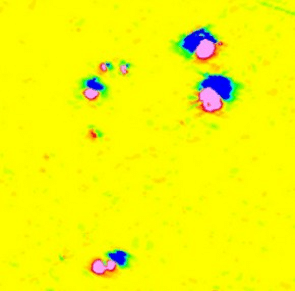
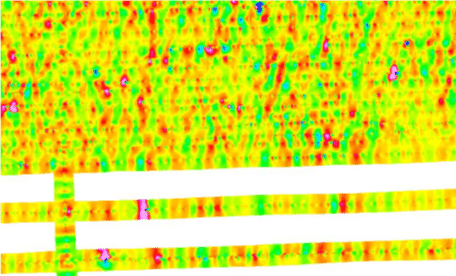

SEP Hydrographic uses Oasis montaj and the UXO Marine extension for offshore UXO detection
